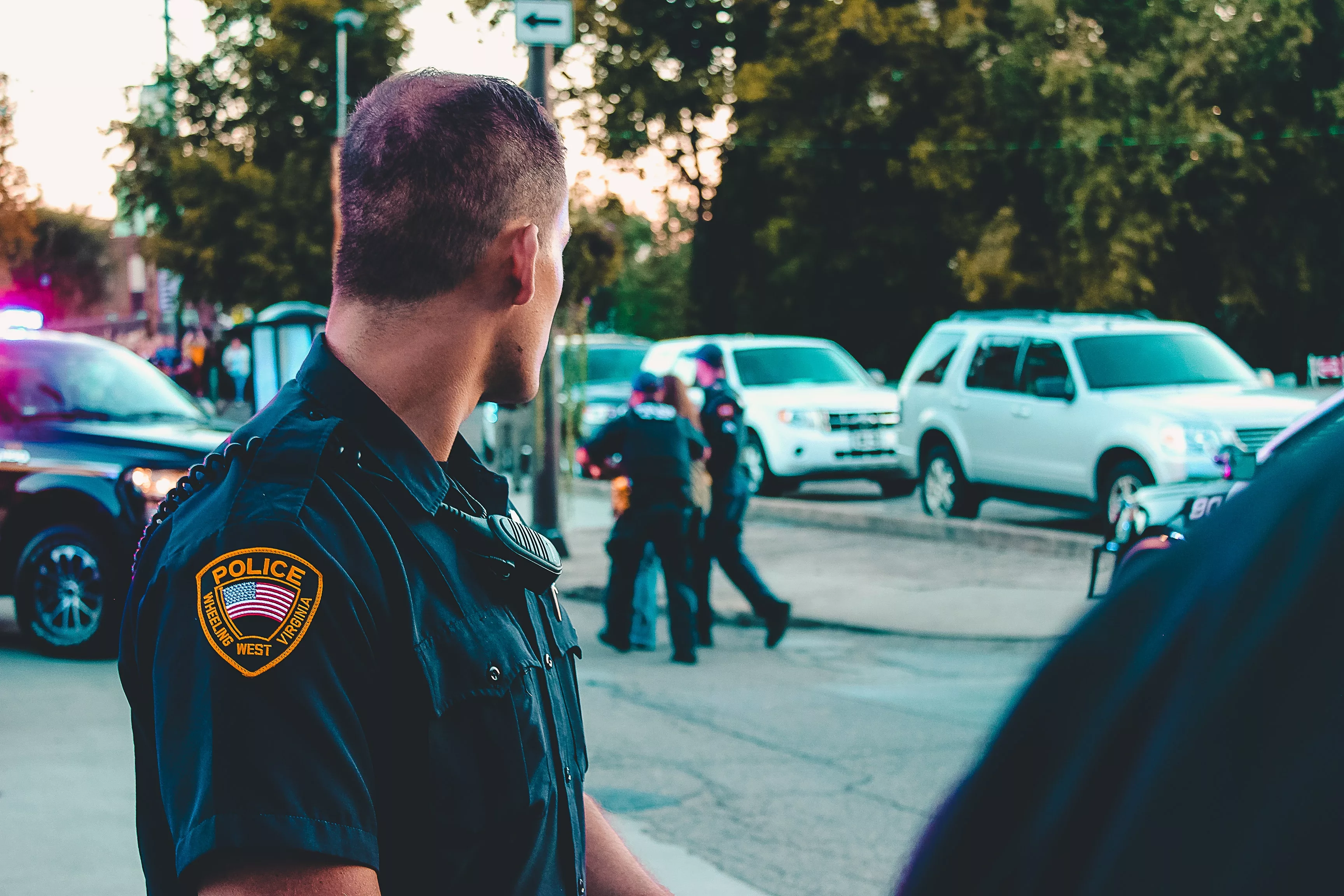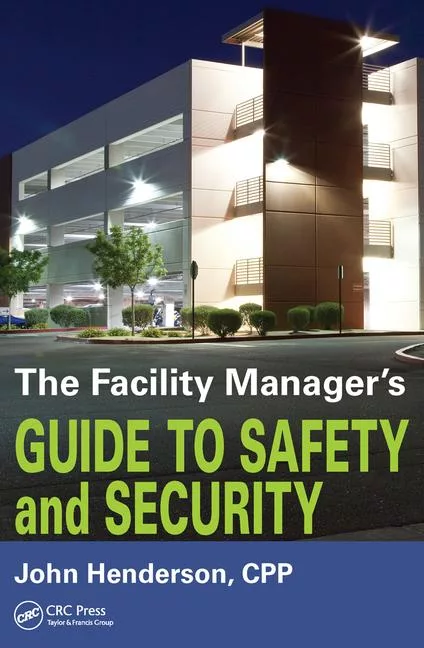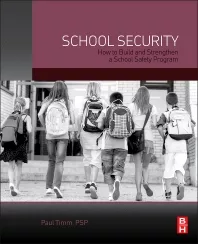Speech Recognition Technology Offers New Ways to Help Protect Officers’ Safety and Well-Being
Spend less time heads down typing incident reports and more time protecting the public

Improving the safety and well-being of our law enforcement professionals remains a key priority for communities across the U.S. Among the biggest obstacles to achieving this goal, however, are the outdated police documentation workflows and processes, which are often still manual (and some departments still rely on pen-to-paper). Today, officers devote hours of their workday to reporting and documentation, and the process can sometimes create unsafe work situations where officers are heads down in their vehicle typing up reports. Moreover, these routines and demands also add to the stress of an already demanding occupation.
In recent years, police departments have begun onboarding better tools and technologies for policing –including computer-aided dispatch (CAD) and records management systems (RMS), and, as part of a growing trend, speech recognition solutions. The latter innovation offers an alternative to traditional, manual methods of report creation, enabling officers to speak, rather than type or handwrite, detailed and accurate incident reports directly into the RMS. Not only do reports created in this way take significantly less time to build, they offer tremendous safety advantages to officers in the field.
Understanding Officer Safety and Wellness
The safety and wellness of law enforcement officers are crucial to the safety and wellness of the communities they serve. According to the U.S. Department of Justice, officers are three to five times more likely than the general population to suffer fatal injuries on the job. In fact, the FBI reports that as of March 25, 2020, 14 officers have been “feloniously killed” and another ten have been accidentally killed at work.
Even one death is too many, and these statistics don’t even cover non-fatal injuries or the impact of officers’ work on their mental and emotional well-being. As one of the most stressful occupations, careers in law enforcement too often mean higher rates of addiction, suicide and divorce. In other words, protecting our first responders’ health, safety and overall well-being remains a priority for all of us.
Paperwork is too Often an Obstacle in Law Enforcement
To understand these impacts more fully, Nuance recently conducted a survey of law enforcement officers across the U.S to gain deeper insight. In their responses, more than 70 percent said they spend at least one hour in their patrol vehicle to complete a single incident report. The time officers spend on paperwork is time they could otherwise spend patrolling their communities, but also has significant safety implications. With officers heads down in the field, they are likely at their most vulnerable as their situational awareness is diminished. In fact, 86 percent of respondents indicated that they are concerned that in-car documentation can negatively affect their safety, and as one police chief has said, “Reporting, while critical to what we do, can create obstacles in law enforcement,” including “creating unsafe reporting conditions in the vehicle.”
The same survey also revealed that public safety officials can spend more than three hours of each shift on paperwork. They’re creating a report for each incident they’re involved in, from straight facts to details of ongoing investigations. This heavy documentation load can affect the timely filing of reports; can limit community visibility; and can contribute to the notion of “excessive work,” “cognitive demands,” and officer burnout. This connection to burnout is also borne out by industry research, in which 81 percent of people who responded said they were concerned that the heavy burden of reporting creates officer burnout.
The time officers dedicate to documentation and administrative work is time they would prefer to spend in more mission-critical, proactive policework that improves the safety and security of their community. As the Department of Justice has written, “It is important for the police to be visible in their communities and know their residents. [. . .] Personal interactions between police officers and community members build mutual trust, which is essential to addressing neighborhood problems and reducing crime.” If officers are spending hours in their vehicles creating reports, however, opportunities for engaging these positive, personal interactions are limited.
Thus, police departments across the nation are committed to finding new ways to protect officers’ safety and well-being while also helping to alleviate some of the burdens that contribute to the stress of their work; one of these burdens is, of course, documentation and reporting workflows and processes.
Speech Recognition Solutions Create Faster, Safer, More Efficient Workflows for Report Creation
To help overcome the burdens of incident reporting and police documentation, many police departments are turning to voice-enabled technological innovations that offer an alternative to traditional, manual report creation. In this way, officers can simply speak to create detailed, accurate incident reports. By using their voices in place of typing, this method helps officers create their reports up to three times faster, which enables them to remain visible in their communities, and –importantly—to stay more situationally aware and productive on patrol. Thousands of officers across the country have already been armed with such a solution.
For example, when it’s time to create an incident report, officers can capture the necessary details of each incident by dictating in real-time, instead of looking up notes from hours—or even days—before. And rather than relying on multiple clicks in the RMS and slow typing skills, officers can use voice-powered commands to navigate the system and then dictate the report notes and data directly into the required fields. This combination of efficiencies means that officers can create their reports much faster than manual methods.
One police chief, whose department has integrated voice recognition technology into their RMS has said, “We’ve seen an increase in not only productivity, but in specificity. They can speak the report more rapidly, and they’re getting more in depth with the specifics of the case because rather than sitting there and typing these long sentences, they can just naturally say what occurred.”
Ultimately, good police work depends on good police reports. Regardless of the type of incident, police reports are invaluable to ongoing investigations, prosecutors, courts, insurance companies and the media, making the increased level of detail and specificity even more important in the long run. But creating these critical documents should not put officers at risk. With speech recognition as part of police reporting workflows, law enforcement professionals can spend less time documenting and more time getting back to what’s most important: protecting and serving the public.
Looking for a reprint of this article?
From high-res PDFs to custom plaques, order your copy today!









